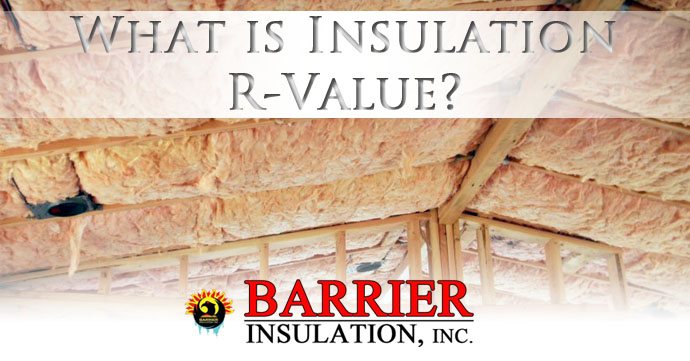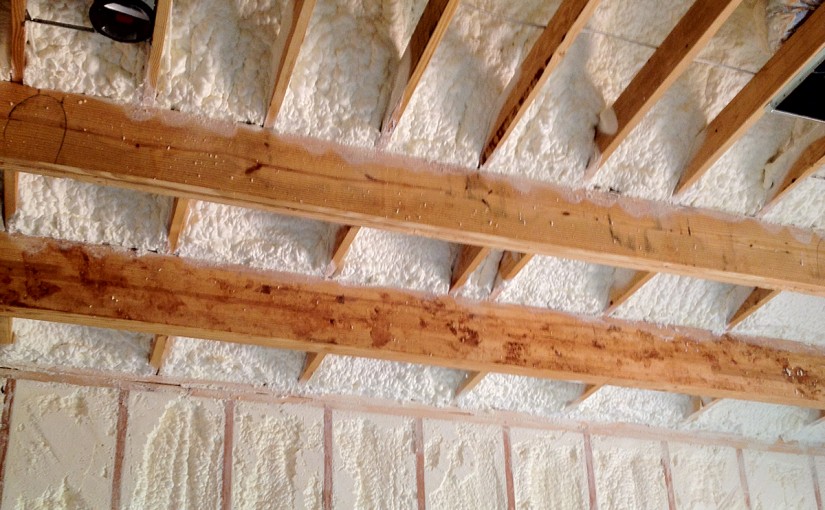When people search “What Is Insulation R-Value?” it is typically a new home owner or a business owner trying to understand how to insulate their property to save on utilities. Quality insulation which is installed by professionals simply saves on heating and cooling. This translates into lowered utilities and saving money.
What Does The Term “R-Value” Mean?
R-value is a measurement of the thermal resistance of materials. An easy way to understand it is a measurement of how well heat or cold transfers through a given material, such as wood, metal, or more importantly insulation. Insulation’s entire purpose is to restrict the transfer of heat or cold from or into our homes and businesses. Quality insulation options are graded with the R-Value system and the higher the number, the better the insulation is at stopping thermal transfer.
How Do People Use R-Value?
Generally R-Value is measured at a thickness of each individual type of insulation. This can be spray foam insulation, rolled batt insulation, blow in insulation, and many others. But each of them is assigned an R-Value performance rating, usually by the inch. This means that insulation contractors and homeowners can calculate the various insulation options performance given where the area that is having insulation installed. Attic insulation can vary based on the depth of the roof rafters or floor joists from 6 to 10 inches. Choosing a higher performance R-Value for areas where there is less space helps achieve thermally efficiently homes.
What About Air Leaks?
R-Value only will not create the energy efficient homes we all want. While to the casual observer homes and commercial properties look solid and air tight. The fact is that most building and homes have cracks, gaps, and lots of air leaks. Even when there is batt insulation in a regular wood stud wall wind can find its way through these air leaks and render it meaningless. Just a 20 mile per hour wind can take a R-19 wall and through air leaks turn it into an R-6.
Air Leak Solution
For home and business owners wanting to save money by lowering their utility bills, insulation can play a major role. Spray foam insulation is one of the best options due to a couple of key points. Firstly it helps seal up the cracks and gaps in your building or home. Secondly the performance of spray foam insulation in terms of R-Value is exceptional. When you are thinking about the best option for your properties which has excellent thermal resistance and helps shore up air leaks, Spray Foam Insulation is the way to go.
Valleywide Phoenix Insulation Contractors
If you live or operate a business in the Phoenix valley Barrier Insulation, Inc. has the experience, tools, and training to help you save money through improved insulation. Our insulation contractors work on both residential and commercial projects and offer every insulation variety to better serve our customers in Arizona.
We will install the spray foam insulation, batt insulation, or blown-in insulation you need to save money and live more comfortably anywhere in the Phoenix valley. Understanding “What R-Value Is” hopefully has made you more aware of how insulation works, and what your property might need. Give us a call for a free inspection and quote to improve your insulation and save money!
Call Barrier Insulation Today at 602-499-2922.



